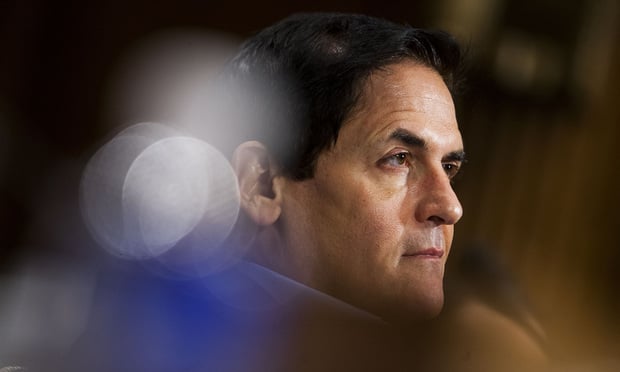 (Image: Shutterstock)
(Image: Shutterstock)
The number of U.S. people with unsubsidized individual major medical insurance fell to 6.2 million in 2018, down 31 percent from 9 million in 2016.
That coverage enrollment category is the only one that showed a big enrollment drop between 2016 and 2018, according to a ThinkAdvisor analysis of new health insurance coverage data for people under age 65 from the Congressional Budget Office (CBO).
The decline in the number of unsubsidized individual major medical insureds pushed the number of uninsured people up 5 percent between 2016 and 2018, to 28.9 million.
Related: Who are America's uninsured?
The CBO is an arm of Congress that helps Congress analyze the effects of policy choices on federal spending. It prepared the new health insurance enrollment report to show Congress the data and logic that will be included in new health insurance policy impact analyses.
The CBO found that the total number of U.S. residents increased by about 1 million between 2016 and 2016, to 284.7 million.
The number of people under age 65 with Medicaid, Children's Health Insurance Plan coverage, subsidized Affordable Care Act exchange plan coverage, the ACA Basic Health Program or Medicare coverage crept up to 86.9 million in 2018, from 86.6 million in 2016.
Employers increased the number of people they covered by 2.2 million, to 159.7 million.
The number of people with subsidized ACA exchange plan coverage increased to 8.4 million, from 8.3 million.
But the number of people with unsubsidized ACA exchange plan coverage fell to 1.3 million, from 1.6 million, and the number with individual off-exchange coverage fell to 4.9 million, from 7.4 million.
Employer health plans and subsidized health programs absorbed the 1 million new U.S. residents under 65, and they seem to have absorbed about 1.4 million of the people who had unsubsidized individual major medical coverage in 2016.
But about 1.4 million of the people who had unsubsidized coverage in 2016 slid into the uninsured column in 2018.
The list of reasons for the shift could include the rising cost of unsubsidized coverage, and insurers' decisions to withdraw from the individual market in part or all of the country.
Another reason could be because of how the CBO defines individual health insurance.
CBO includes only major medical insurance that meets ACA minimum essential coverage standards in that definition. It excludes people who belong to health care cost sharing ministries. It also excludes people who are using products such as short-term health insurance as alternatives to major medical coverage.
The Alliance of Health Care Sharing Ministries estimates, for example, that its member organizations an affiliates now reach about 968,662 people. A comparable enrollment figure for 2016 was not immediately available.
Resources
A copy of the new CBO health insurance coverage report is available here.
Read more:
© 2025 ALM Global, LLC, All Rights Reserved. Request academic re-use from www.copyright.com. All other uses, submit a request to [email protected]. For more information visit Asset & Logo Licensing.







